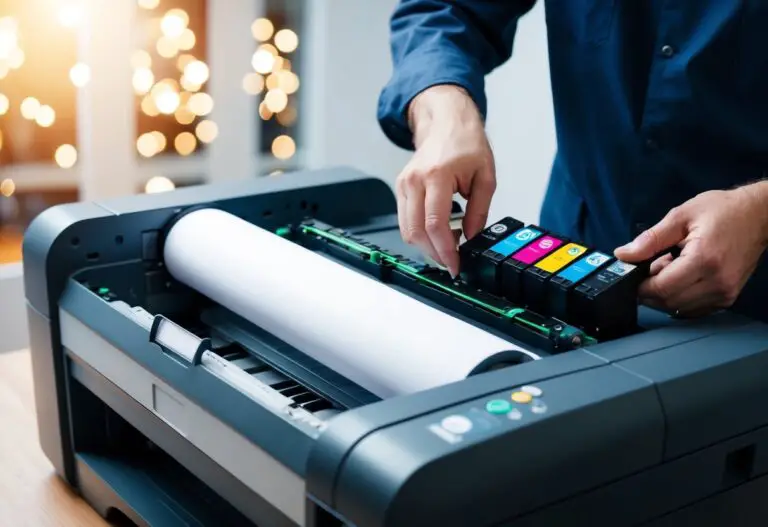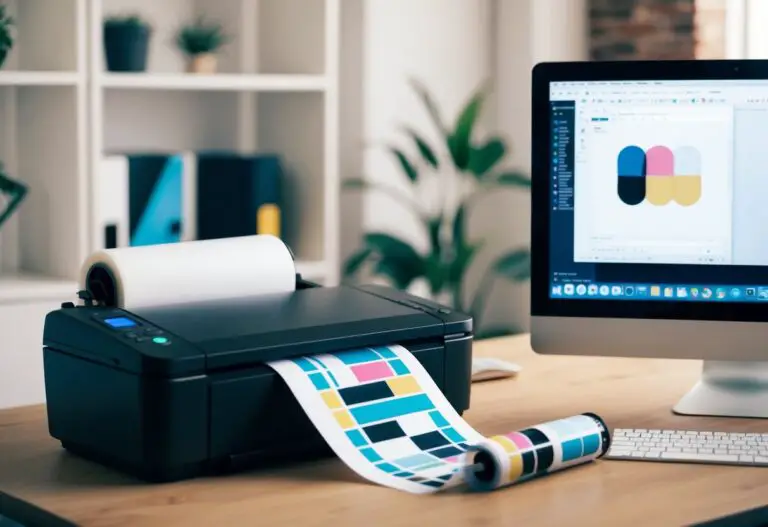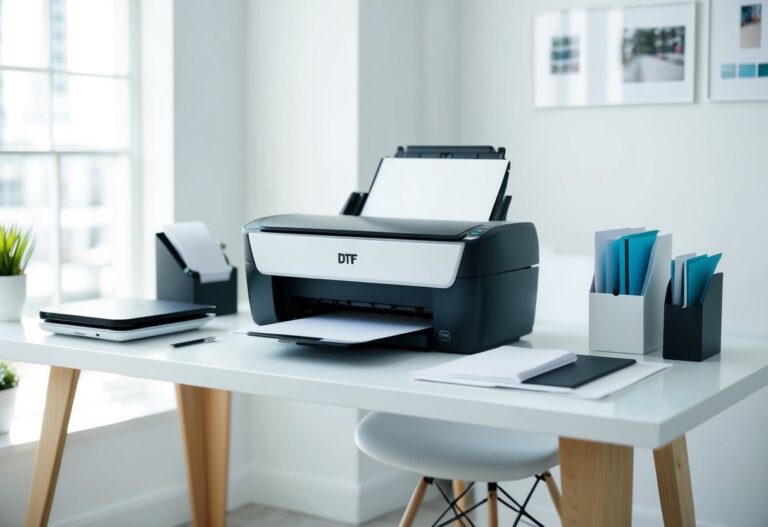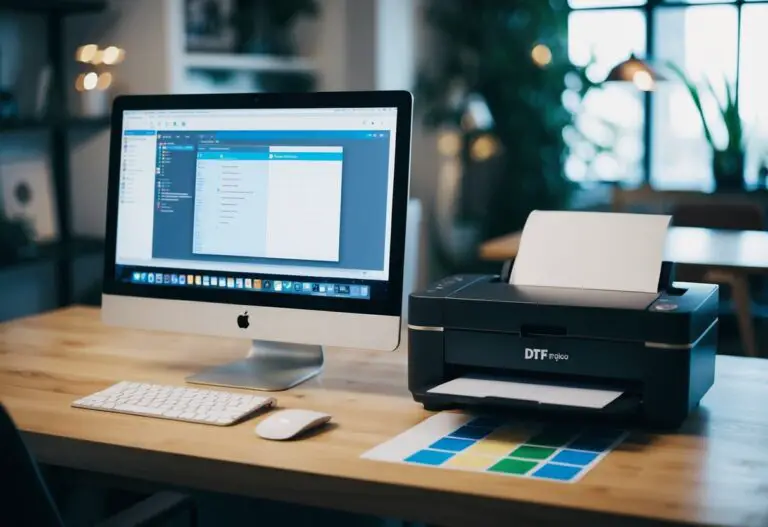Is your DTF print peeling off after just one wash? Don’t worry, you’re not alone. Many people face this frustrating issue with their custom shirts. Peeling prints can ruin the look of your favorite designs and leave you feeling disappointed.
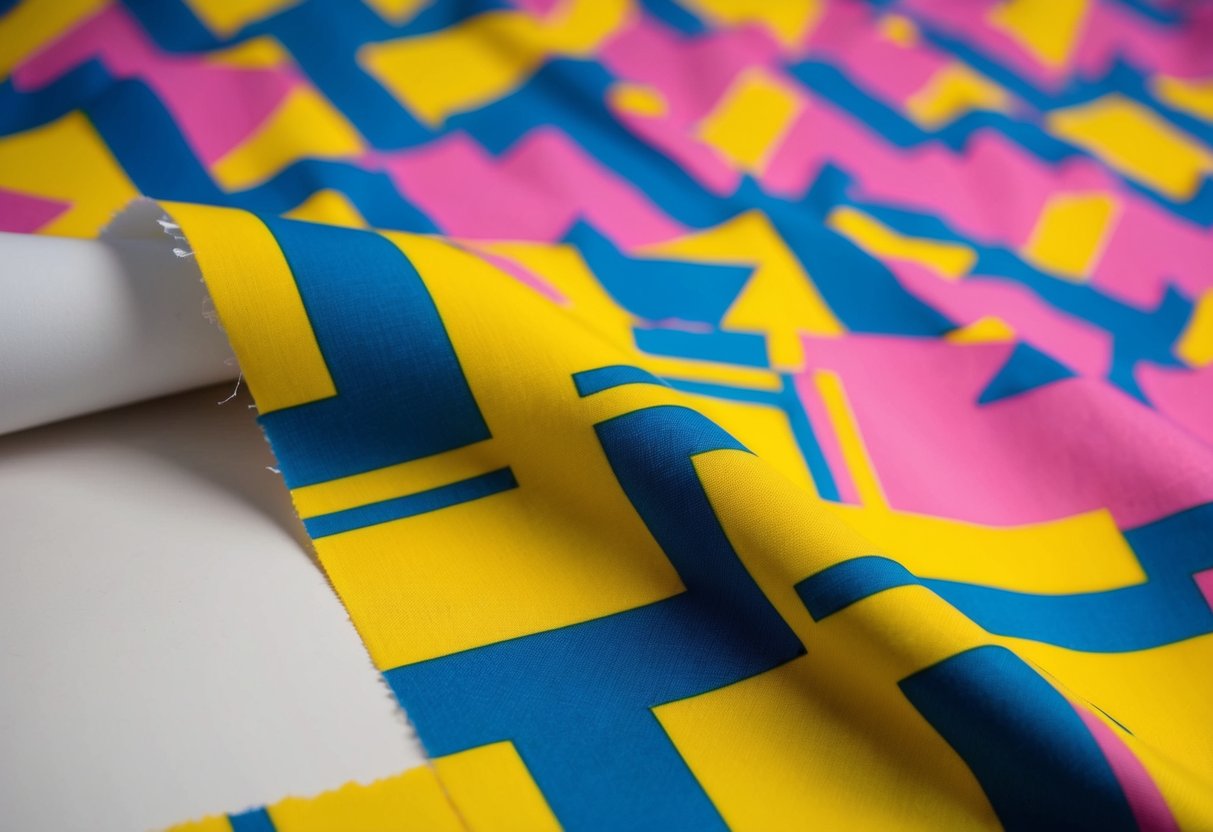
There are several reasons why your DTF print might be peeling. Poor adhesion, incorrect curing settings, or using the wrong type of adhesive can all lead to prints that don’t stick well to fabric. These problems can cause your design to lift, wrinkle, or come off completely after washing.
The good news is that most DTF peeling issues can be fixed with some simple adjustments to your printing process. By tweaking your temperature, pressure, and adhesive application, you can create long-lasting prints that stay put wash after wash. Let’s explore some solutions to help you get your DTF prints looking great and staying that way.
Key Takeaways
- Check your heat press settings and adhesive application for better print durability
- Proper curing and fabric preparation are essential for long-lasting DTF prints
- Regular maintenance of your DTF printer can prevent many common peeling issues
Common Causes Of DTF Print Peeling
DTF print peeling can be frustrating, but it’s often caused by a few common issues. Let’s look at what might be causing your prints to peel.
First up, how you treat your garments before printing matters. Make sure your fabric is clean and free of lint. A quick wipe with a lint roller can work wonders.
Heat press settings are crucial. You want to aim for:
- Temperature: 320-330°F
- Pressure: 40-60 PSI
- Time: 15-20 seconds
Using the wrong settings can lead to poor adhesion and peeling prints.
The quality of your DTF powder is important too. Always use fresh, high-quality powder that’s made for DTF printing. Old or cheap powder might not stick well.
Don’t forget about curing! After pressing, cure your prints for 15-20 minutes at 320°F. This helps the ink bond to the fabric.
Mixing and matching different brands of ink and film can cause problems. Stick to one system to avoid compatibility issues.
Lastly, check your transfer film. If it’s not peeling off smoothly, it could leave parts of your print behind. Make sure you’re using the right type of film for your ink.
Troubleshooting Peeling DTF Prints
Is your DTF print peeling off? Don’t worry, you can fix this! First, check where the peeling happens. Is it at the edges or in the center? This helps pinpoint the cause.
Next, look at your heat press. Make sure it’s working right. Use an infrared thermometer to check if the temperature is accurate. Also, check that the pressure is even across the whole design.
Now, let’s talk about powder. You need 2-3 grams of powder per A4 sheet. Spread it evenly for the best results. Too little powder can cause peeling.
Don’t forget about your transfer film. Old or poorly stored film can cause issues. Keep it in a cool, dry place. If it looks wrinkled or feels sticky, it might be time for new film.
Are you seeing ghosting or blurry images? This could mean your printhead needs cleaning. Give it a good clean and see if that helps.
Remember, patience is key. Take your time with each step. If you rush, you might miss something important. With a bit of troubleshooting, you’ll have perfect DTF prints in no time!
Best Practices To Prevent DTF Print Peeling
To keep your DTF prints looking great, start by preparing your garments properly. Give them a quick wash to remove any coatings, and use a lint roller for a clean surface.
When it’s time to print, check your printer settings carefully. Make sure the ink flow and pressure are just right for your design and fabric type.
Heat press tips:
• Use the double press method: 5 seconds initial, 15 seconds final
• Let the garment cool before peeling off the transfer paper
Quality control is key! Keep your equipment in top shape with regular maintenance. Test your materials in small batches before big print runs.
Store your DTF supplies the right way:
- Temperature: 60-80°F (15-27°C)
- Humidity: 40-60%
- Use oldest materials first
Don’t forget about adhesive powder and curing settings. They play a big role in how well your prints stick. Adjust based on your specific design and fabric.
By following these steps, you’ll improve ink adhesion and print quality. Your DTF prints will stay put wash after wash, keeping your customers happy!
Advanced Techniques For Enhancing DTF Print Durability
Want to make your DTF prints last longer? Try these tips to boost their staying power.
Start with your printer. Keep it in top shape by cleaning it often and making sure the ink flows well. Line up the printhead just right to get crisp, clear prints that stick better.
Try printing in thin layers instead of one thick one. Let each layer dry before adding the next. This helps the design grip the fabric tighter.
After printing, use heat to set the design. This locks it in place. You can also spray on a special coating to protect it from wear and tear.
For clothes that will be outside a lot, add UV protection to your ink. This stops the sun from fading your design.
Mix in a bit of silicone with your ink. It makes the print more stretchy so it won’t crack when you move.
Remember, good prep work is key. Clean your fabric well before printing. Use the right heat and pressure when you press the design on.
With these tricks, your DTF prints will stay put wash after wash.
Environmental Factors Affecting DTF Print Longevity
Your DTF prints can last a long time, but the environment plays a big role. Let’s look at how different factors can affect your prints.
Washing and drying are important to consider. To keep your prints looking great, wash them in cool water below 104°F (40°C). Skip the harsh detergents and fabric softeners – they can be tough on your designs.
Sunlight and UV rays can be tricky for DTF prints. Over time, they can make colors fade. If you’re making outdoor gear, look for UV-resistant inks to help your prints stay bright longer.
The type of fabric you use matters too. Cotton and synthetic fibers behave differently:
- Cotton: Absorbs ink well, but may fade faster
- Synthetics: Can hold color longer, but might be harder to print on
Stretchy fabrics can be a challenge. They might cause your print to crack or peel if not applied correctly.
Color management is key for consistent prints. Use color management tools to make sure your designs look the same every time. This helps avoid color inconsistencies that can make prints look unprofessional.
By keeping these factors in mind, you can help your DTF prints stay vibrant and long-lasting. Remember, a little care goes a long way in preserving your awesome designs!
Frequently Asked Questions
DTF printing can be tricky. Here are some common questions about peeling issues and how to fix them.
What could be the reason my DTF transfer is not adhering properly?
Your DTF transfer might not stick well if you didn’t use enough powder. Try adding more powder next time.
The heat press settings could also be off. Make sure you’re using the right temperature and pressure.
Dirty or oily fabric can cause problems too. Always pre-wash your shirts before printing.
At what temperature should I set my DTF printer for optimal results?
Most DTF printers work best at 320-350°F (160-177°C). But check your machine’s manual to be sure.
Press time matters too. Usually, 10-15 seconds is enough for a good transfer.
Test different settings on scrap fabric first. This helps you find the perfect combo for your printer.
Can DTF powder expire or lose its effectiveness over time?
Yes, DTF powder can go bad. It usually lasts about a year if stored right.
Keep your powder in a cool, dry place. Moisture is its worst enemy.
If your powder clumps or doesn’t melt smoothly, it might be time for new stuff.
Use older powder first. Write the date on new bags to keep track.
